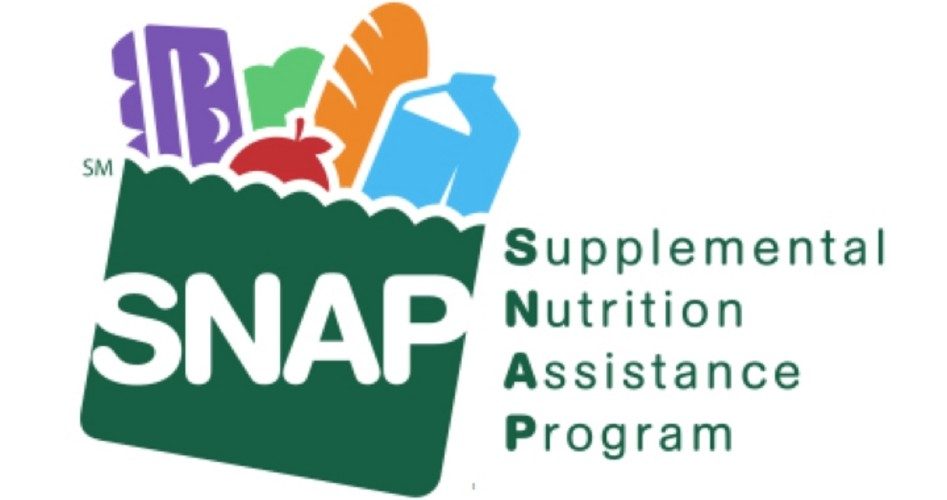
American taxpayers dole out $80 billion every year to subsidize food stamps for the poor, but are unsure of where and how their hard-earned dollars are being spent. Ranging from candy to potato chips to steak dinners, food stamps can be used to purchase a variety of foods, and are accepted at gas stations, fast-food restaurants, retail stores, and in some areas, even upscale restaurants.
Taxpayers, however, have only a vague understanding of where their dollars are going, because the government says it cannot disclose sales figures stemming from food stamp purchases — and even if it could, the specific types of foods being purchased would not be accessible. The U.S. Department of Agriculture (USDA), which partners with states to manage the program, argues that disclosing sales for food stamps, also known as the Supplemental Nutritional Assistance Program (SNAP), would amount to unveiling trade secrets.
“We can’t release it based on federal rules,” contended Tom Steinhauser, Division Director of benefit programs for the Virginia Department of Social Services. “If it were up to us, I wouldn’t have a problem releasing the information. It’s taxpayer money.” Consequently, fraud is difficult to track and the overall efficacy of the expansive program is impervious to evaluation.
However, Steve Ellis of the watchdog group Taxpayers for Common Sense says the USDA is notorious for its covert allocation of taxpayer dollars, and that the agency’s legal argument for shielding such information is faulty:
USDA hides behind a specious proprietary data argument: The public doesn’t want to know internal business decisions or information about specific individuals’ finances. The USDA sees retailers, junk food manufacturers and the big ag lobby as their customers, rather than the taxpayer.
The Washington Times requested SNAP information from the state of Maryland under a Freedom of Information request, but was denied after officials said the data belongs only to the federal government, which bars states from releasing it. Additionally, lawmakers have enacted laws seemingly intended to shield the industry by threatening jail time for anyone who reveals the amount of food stamp dollars paid to a store.
The industry as a whole has profited heavily off the SNAP program, as companies reap a hefty load of sales off the taxpayer-funded purchases of the poor. In fact, major companies and industry advocates have spent millions of dollars lobbying the USDA and Congress to keep the food stamp dollars flooding in; the National Association of Convenience Store Operators has already spent more than one million dollars this year on such lobbying.
But fraud remains a flagrant issue under the food stamps program, particularly in areas that use Electronic Benefit Transfer (EBT), which include debit cards charged with money provided under SNAP. As The New American previously reported, the cost of fraudulent benefits has become particularly acute in Wisconsin, where EBT cards are widely used. While the taxpayer-funded benefits may be used only to buy government-approved food items, many recipients hurdle the restrictions by selling their cards for cash. In turn, they then use the money to purchase unapproved items such as alcohol, cigarettes, and sometimes even drugs.
An investigation launched late last year into the money-laundering scheme helped expose the debacle, finding that “nearly 2,000 recipients claimed they lost their card six or more times in 2010 and requested replacements.” The Wisconsin Policy Research Institute concluded that “prosecutors have simply stopped prosecuting the vast majority of [food stamp] fraud cases in virtually all counties, including the one with the most recipients, Milwaukee.”
Fox News reported last year that many SNAP recipients remain on food stamps and thousands of others are gaming the system, as was the case with a Michigan man who won two million dollars from a state lottery and was still eligible under the program:
Leroy Fick of Bay County, Mich., said in an interview with WNEM-TV that he still uses his bridge card at stores despite winning a jackpot on “Make Me Rich!” last June.
“I even called them and asked about the bridge card and [the Department of Human Services] said you can go ahead and keep it if you want to,” Fick reportedly told the station.
In 2009, the Office of Inspector General investigated more than 2,600 food stamp complaints and identified over five million dollars in fraudulent benefits. The fraud stems largely from lax administration rules, critics noted at the time, which have become increasingly permissive over recent years.
Not too long ago, the USDA Food and Nutrition Service downsized to only 40 inspectors charged to oversee about 200,000 businesses which accept SNAP benefits. Moreover, the Government Accountability Office noted in 2010 that retailers who purchase EBT food stamp debit cards for cash “are less likely to face criminal penalties or prosecution” than in years past.
Congress is now toiling over a 1,000-page farm bill that includes $80 billion a year — or roughly four out of every five dollars in the legislation — in food stamp benefits. Last week, the Senate rejected an amendment proposed by Sen. Rand Paul (R-Ky.) that would have salvaged $322 billion over a decade by trimming $45 billion a year and transferring spending measures over to the states. Paul said of the benefits, “I think Americans would be flabbergasted at the amount of money” spent on this program.


